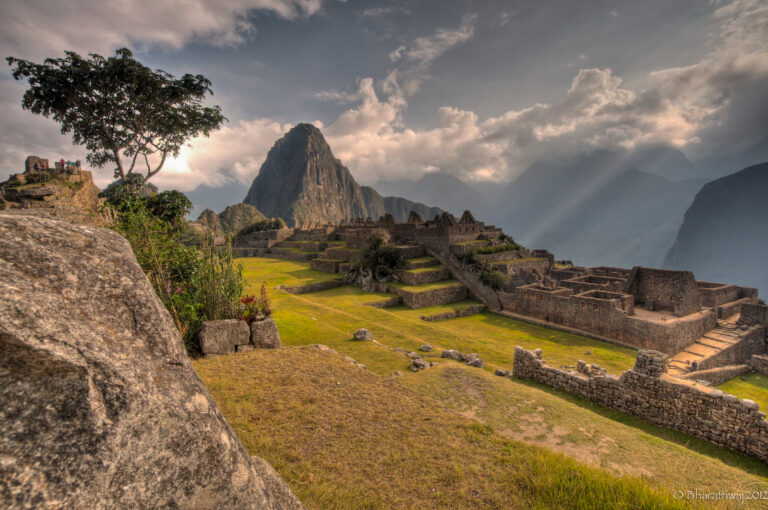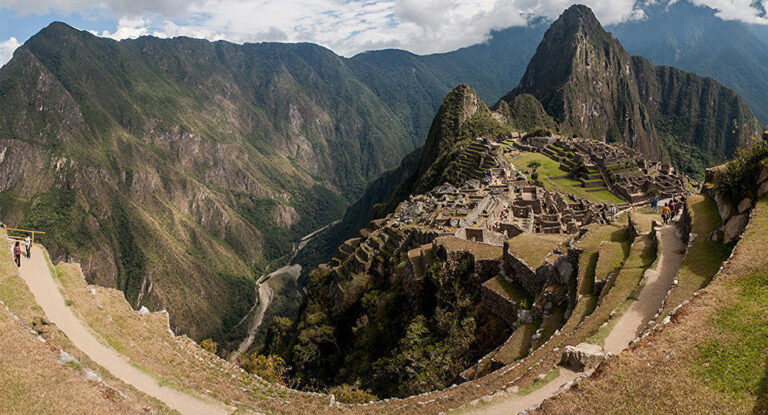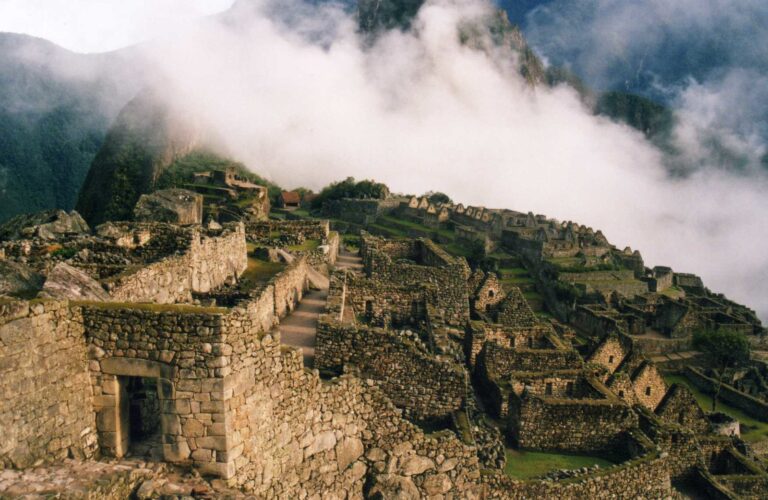✨ Revealing Daily Life: New Scientific Insights into Machu Picchu’s Daily Pulse 🏛️
Machu Picchu is far more than an ancient ruin—it’s a living canvas that reflects the daily rhythms and ingenuity of the Inca civilization. Recent multidisciplinary research has transformed our understanding of this iconic site by uncovering the everyday practices that once animated its streets and terraces. Cutting-edge scientific techniques and innovative archaeological methods have revealed traces of daily routines, from food preparation and water management to social interactions and ritualistic ceremonies. This fresh perspective shifts the narrative from viewing Machu Picchu as merely a ceremonial or defensive structure to appreciating it as a dynamic urban center where the inhabitants led vibrant lives. These new discoveries invite us to reimagine the past, shedding light on a society whose daily life was intricately woven into the natural and spiritual landscape of the Andes.
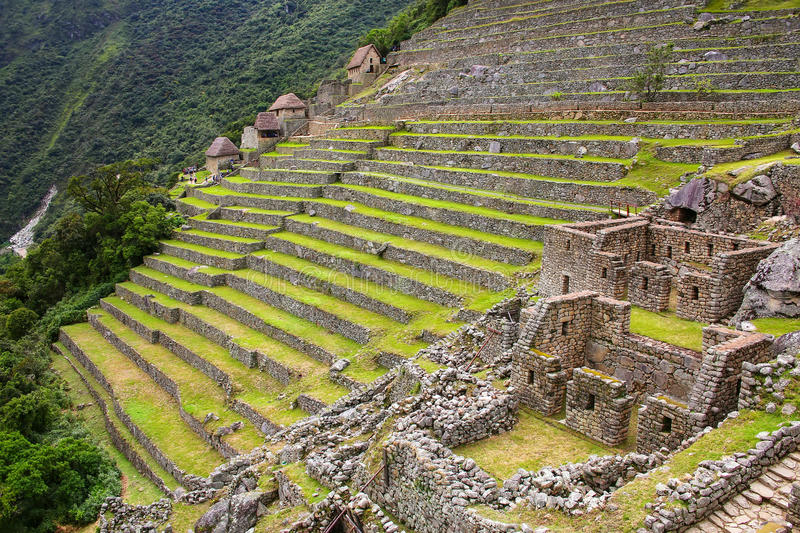
Innovative approaches in archaeology—such as micro-residue analysis, isotopic studies, and digital reconstructions—are providing unprecedented details about the daily life of Machu Picchu’s residents. Evidence gathered through these advanced techniques has unveiled how the community managed agriculture, organized labor, and even optimized their architectural designs to withstand the challenging Andean environment. The research has demonstrated that every element, from the arrangement of terraces to the layout of living quarters, was part of a well-thought-out system designed for efficiency and sustainability. These scientific advances are not only rewriting textbooks but are also challenging long-held assumptions about the Inca way of life. The findings emphasize that Machu Picchu was a meticulously planned society with a robust infrastructure supporting both communal and individual needs, bridging the gap between ritual and routine in everyday existence.
This deeper exploration into the daily operations of Machu Picchu has fundamentally altered our perception of the Inca civilization. The new insights reveal a sophisticated urban environment where social structures, cultural traditions, and economic practices were interdependent. The city wasn’t a static relic; it was a hub of constant innovation and adaptation. Research indicates that the layout of Machu Picchu was designed to harmonize with its natural surroundings, ensuring that every architectural feature and public space contributed to a sustainable and balanced way of life. Such revelations highlight the complex interplay between human creativity and environmental mastery. By understanding these everyday dynamics, modern explorers gain a more nuanced view of the past—one that celebrates the resilience and resourcefulness of the Inca people, whose legacy continues to inspire awe and wonder today.
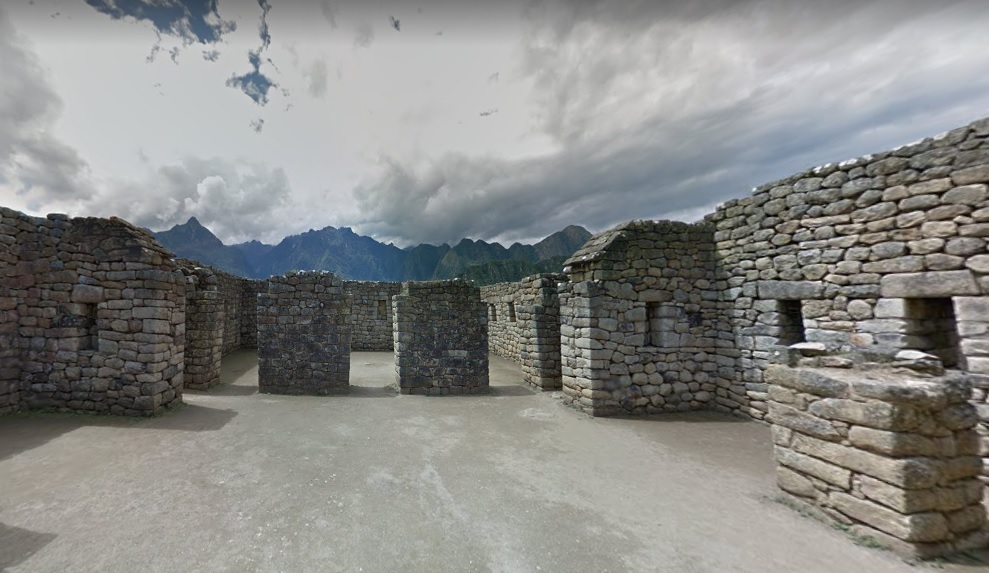
For those eager to experience Machu Picchu beyond the surface of its stone walls, these scientific insights offer an immersive portal into the everyday lives of its ancient inhabitants. Imagine wandering through the terraces and plazas, now enriched by the knowledge of how the Inca structured their society with precision and care. This comprehensive narrative transforms a mere visit into a deeply engaging journey of discovery, where every step echoes with the rhythms of a bygone era. To fully embrace the magic and mystery of Machu Picchu, enhance your exploration with our immersive audio guide. This expertly crafted resource brings the history and daily life of this legendary site to life, guiding you through hidden stories and remarkable details. Embark on a transformative adventure—purchase your audio guide now.

